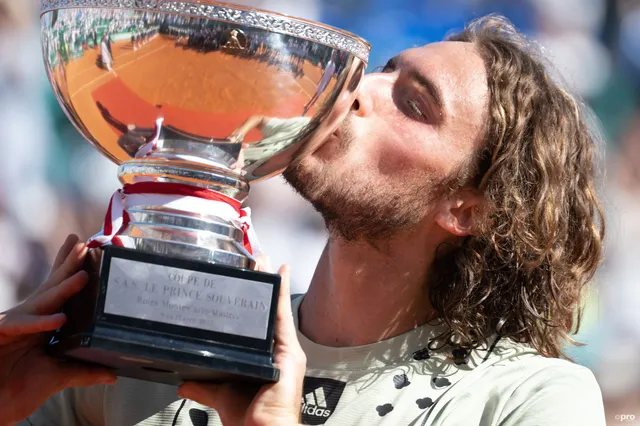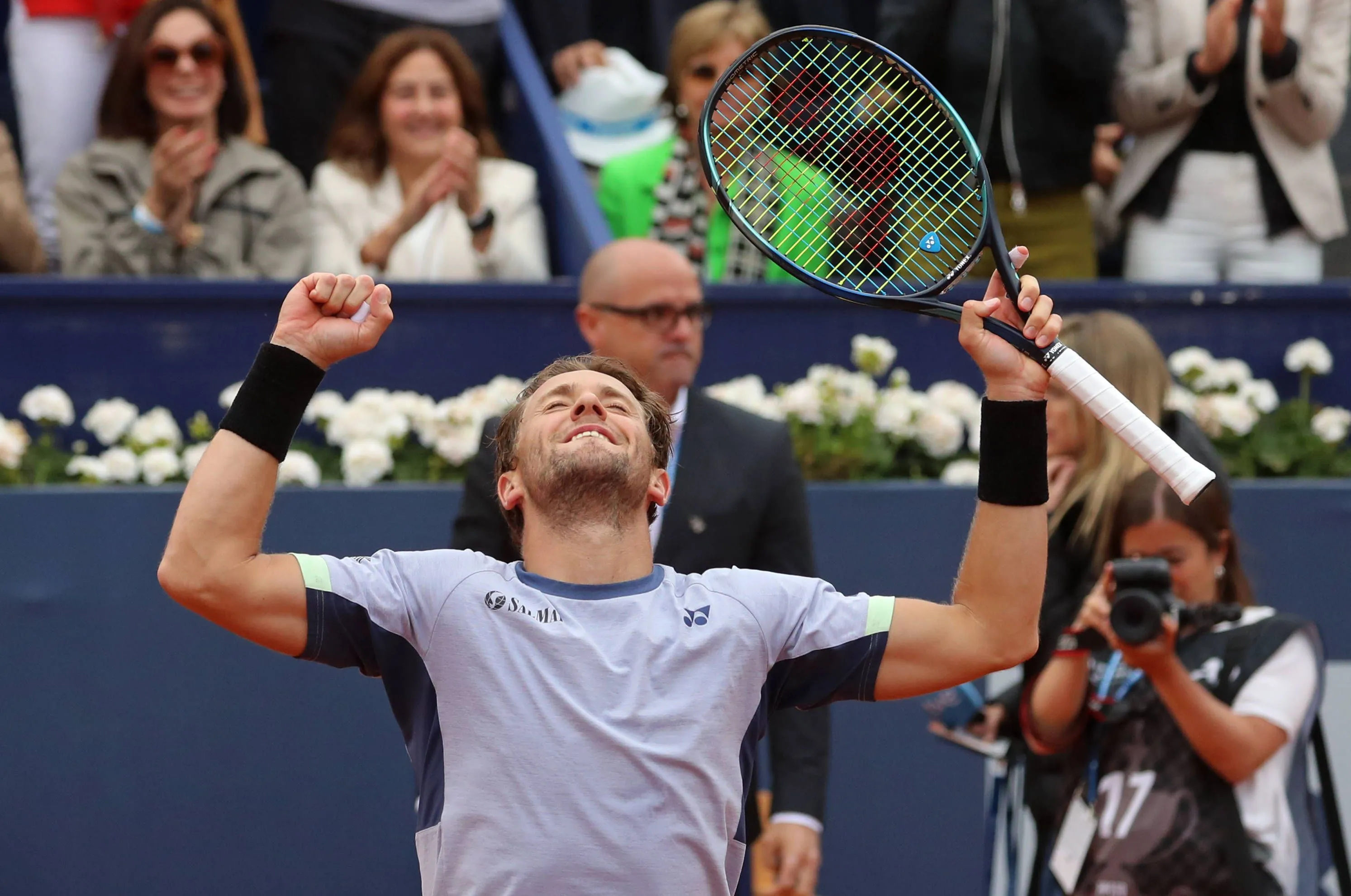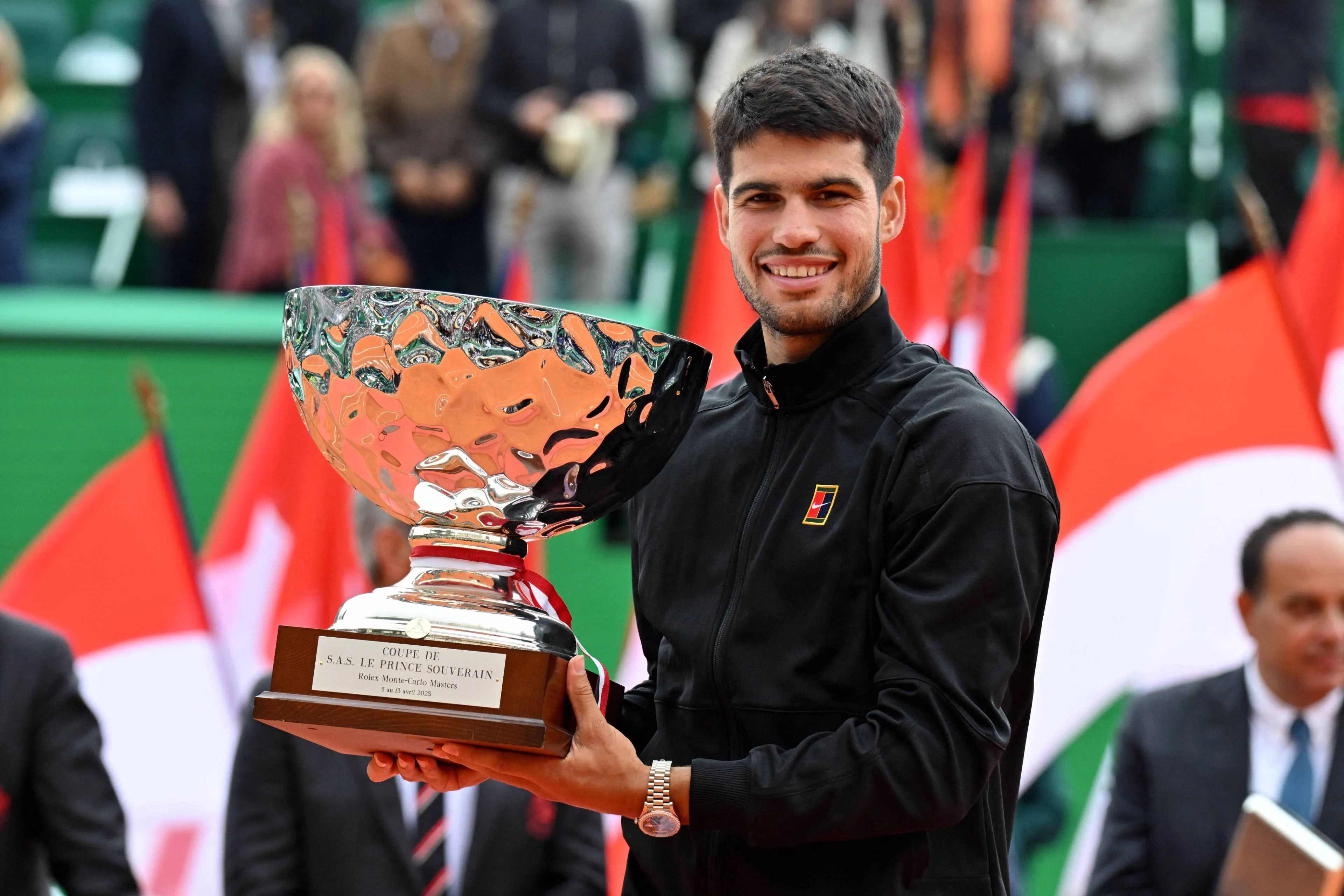The Birth of a Dynasty: Rafael Nadal’s First Monte Carlo Masterpiece
ATP
Time has a curious way of moving fast, especially when you realize we're experiencing our first clay court season without Rafael Nadal. And in this unfamiliar stretch of the calendar, it’s hard not to drift back in time. On this occasion, we revisit the beginning of Nadal’s clay court reign—a journey that started with his breakthrough triumph at the 2005 Rolex Monte-Carlo Masters. It was a title that didn’t just mark a victory—it signaled the dawn of a domination so complete, it’s hard to imagine it ever being repeated.
At just 17, Rafael Nadal had already offered glimpses of greatness. His 2004 win over world No. 1 Roger Federer in Miami wasn’t merely an upset; it was a warning shot. But it wasn’t until the following year that the world truly grasped the scale of what was coming.
The red clay would prove the perfect stage for Nadal’s heavy topspin forehand, a weapon that disrupted rhythm, pushed opponents off balance, and left them grappling with shoulder-high balls that were nearly impossible to counter with pace. Monte Carlo, with its breathtaking Mediterranean backdrop and rich tennis heritage, set the scene for what would become a historic first ATP Masters 1000 title.
Read also
A Young Contender Arrives
When Nadal arrived in the Principality in 2005, he had just cracked the ATP top 20, sitting at No. 17 in the world. He had already collected three career titles: Sopot in 2004, and back-to-back wins in Costa do Sauipe and Acapulco earlier that year. His form on the South American clay was electric, and he had once again pushed Federer to the brink in Miami—this time in a five-set final.
Though it wasn’t his Monte Carlo debut (he’d reached the third round as a 16-year-old in 2003), few could have predicted the storm he was about to unleash in his second visit to the iconic venue.
A Dominant March to the Final
Sporting his signature sleeveless shirt and long shorts, the young Spaniard launched his campaign with a confident 6-3, 6-2 win over France’s Gaël Monfils—remarkably, the only player from that draw still active today.
Next came Belgium’s Xavier Malisse, who felt the full force of Nadal’s game in a 6-0, 6-3 rout that lasted just over an hour. In the third round, it was another Belgian, Olivier Rochus, who stood no chance in a 6-1, 6-2 defeat.
By the time Nadal reached the quarterfinals, he had dropped just 11 games—an astonishing display of dominance.
There, a formidable test awaited: reigning Roland-Garros champion Gastón Gaudio. Earlier that season, Gaudio had been the only man to beat Nadal on clay, dismantling him 0-6, 6-0, 6-1 at the Buenos Aires event. But Monte Carlo told a different story.
This time, Nadal steamrolled the world No. 6 in just under an hour, 6-3, 6-0—a seismic shift that left no doubt: a new power on clay had arrived.
Gasquet Pushes, Nadal Prevails
The semifinal brought a familiar face from the junior ranks—Richard Gasquet. The Frenchman managed to take a set off Nadal, becoming the first to do so in the tournament. But history would repeat itself throughout their careers: Gasquet would never manage a victory in their 18 meetings.
Nadal eventually prevailed 6-7(6), 6-4, 6-3, booking his spot in a Masters 1000 final for the first time.
A Clay Court Epic Against Coria
Awaiting him in the final was Guillermo Coria, a fearsome force on clay and widely regarded as the best on the surface at the time. A finalist at Roland-Garros in 2004 and the defending champion in Monte Carlo, Coria was the ultimate test.
What followed was a titanic battle of stamina, strategy, and steel. Nadal came out swinging, claiming the first two sets 6-3, 6-1. But Coria struck back emphatically, delivering a 6-0 statement in the third to extend the match.
The fourth set became a test of resilience. And in a gripping conclusion, it was the 18-year-old Nadal who held his nerve, closing it out 7-5 after more than three hours of play to win his first Masters 1000 title.
The Start of Something Extraordinary
That victory in Monte Carlo wasn’t just a trophy—it was a harbinger of the dominance to come. Six weeks later, Nadal would capture his first Grand Slam at Roland-Garros. By season’s end, he’d amassed 11 titles, setting the tone for an era where clay belonged almost exclusively to him.
Monte Carlo 2005 was more than a breakthrough—it was the moment Rafael Nadal planted his flag on the surface he would go on to rule for nearly two decades.
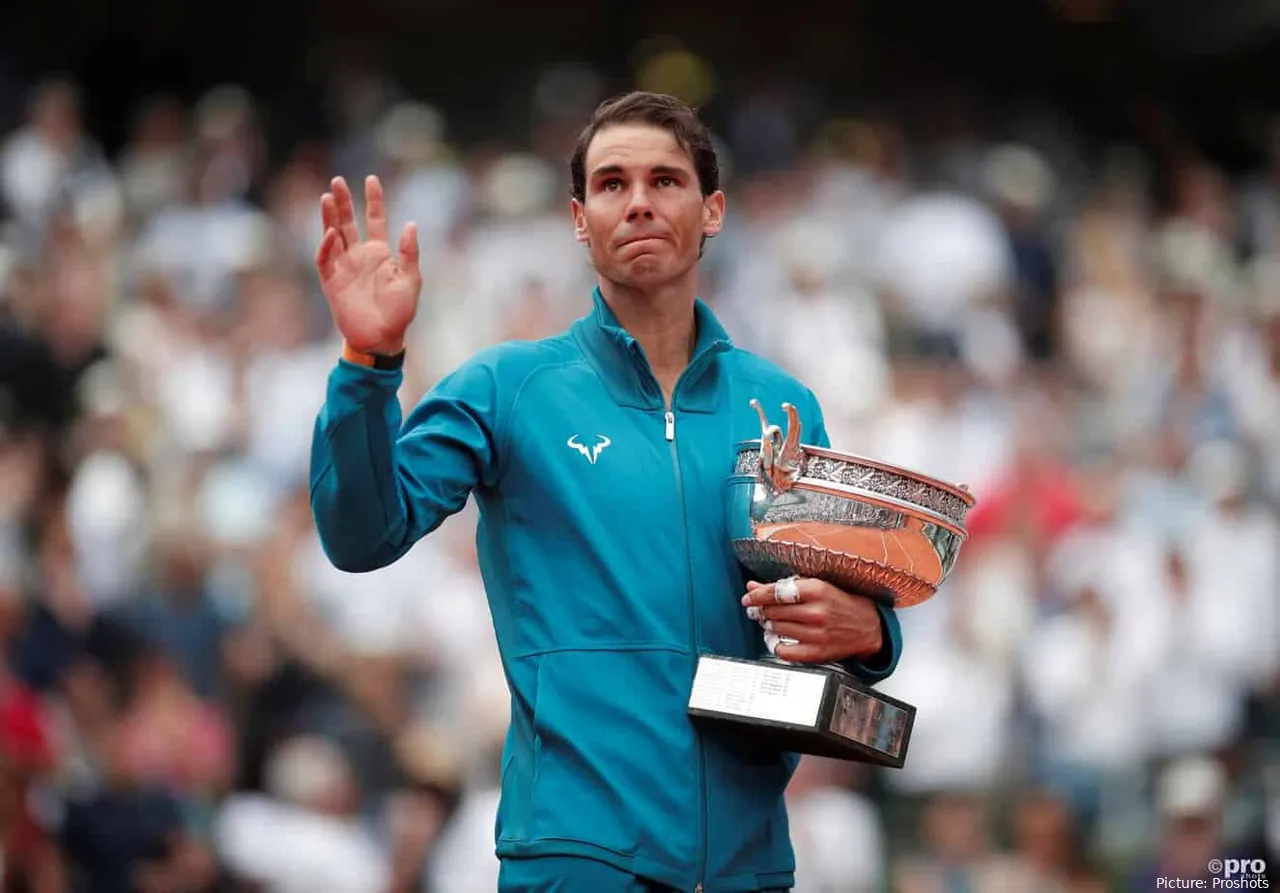
Just In
Popular News
Latest Comments
- If it weren't for the original contract, Raducanu would have been dropped a year ago.
 mandoist15-04-2025
mandoist15-04-2025 - Mark, think about who goes through 7 coaches in 2 years. I have no idea who you are -- but save yourself from this torture. DON'T DO IT !!!
 mandoist15-04-2025
mandoist15-04-2025 - A smarter person would not even bother to acknowledge the bettors / losers.
 mandoist15-04-2025
mandoist15-04-2025 - One more thing -- Stuttgart would not give Raducanu a Wildcard. That is more likely why she blew it off. She has said she refuses to do quali's.
 mandoist14-04-2025
mandoist14-04-2025 - If you look back at her past two years, Emma has been seemingly tactical in keeping sponsorships. Doing just enough to cnvince most of them to hang in there a bit longer. That game is closing-in on her. You can't continue BS'ing your sponsors forever. One also has to wonder what kind of personality would do less, but "demand" more from a sponsor?
 mandoist14-04-2025
mandoist14-04-2025 - Nice job from Alcaraz
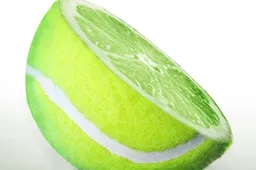 AceOfBase13-04-2025
AceOfBase13-04-2025 - WTA players might be slightly overrated by Americans. The men's tour seems solid, though. Taylor Fritz leads the pack — the rest are chasing.MrAndreeva12-04-2025
- Shame but not unexpected. USA now face an upward hill struggle.SakkariFan2312-04-2025
- ADF v De Minaur final incomingSakkariFan2312-04-2025
- Elina needs to ditch Yukov!!Rapunzel10-04-2025
